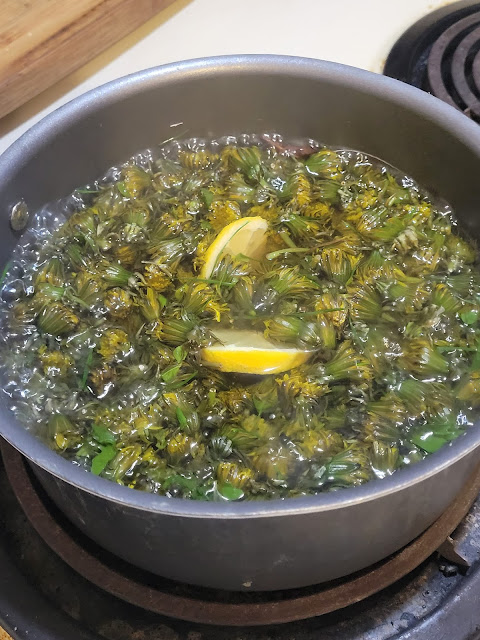Unleashing the Herbal Magic: Crafting Homemade Rosemary Tincture for Culinary Delights and Natural Remedies
Embarking on a journey of herbal exploration, our novice herbalist takes their first steps into the world of tincture-making.
With rosemary harvested from their very own garden, they embark on a path to capture the essence of this aromatic herb in a homemade tincture. Join us as we delve into the art of tincture-making and discover the simple yet transformative process of infusing rosemary with alcohol to unlock its medicinal and culinary potential.
Recipe: Homemade Rosemary Tincture
Ingredients:
- - Fresh rosemary sprigs
- - High-proof alcohol (such as vodka or Everclear)
Instructions:
1. Harvest and prepare the rosemary:
- Harvest fresh rosemary sprigs from your garden or obtain them from a trusted source.
- Rinse the rosemary sprigs under cold water to remove any dirt or impurities.
- Pat them dry with a clean towel.
2. Prepare the jar:
- Select a glass jar with an airtight lid. Ensure that it is clean and sterilized before use.
- Place the rosemary sprigs into the jar, leaving some headspace at the top.
3. Add the alcohol:
- Pour the high-proof alcohol of your choice into the jar, completely covering the rosemary sprigs.
- Ensure that the alcohol level is at least an inch above the rosemary.
4. Seal and store:
- Secure the lid tightly on the jar to create an airtight seal.
- Store the jar in a cool, dark place, away from direct sunlight or heat.
5. Infusion period:
- Allow the rosemary to infuse in the alcohol for a minimum of four to six weeks.
- During this time, the alcohol extracts the essential oils and compounds from the rosemary, creating a potent tincture.
6. Shake and monitor:
- Shake the jar gently every few days to help distribute the flavors and enhance the infusion process.
- Monitor the tincture's progress, observing the color and aroma as they develop over time.
7. Strain and bottle:
- After the desired infusion period, strain the tincture to remove the solid rosemary material.
- Place a cheesecloth or fine-mesh strainer over a clean container or funnel.
- Slowly pour the tincture through the strainer, allowing the liquid to pass through while capturing the solids.
8. Storage and usage:
- Transfer the strained tincture into amber glass dropper bottles or other dark-colored bottles.
- Label the bottles with the date and contents for future reference.
- Store the bottles in a cool, dark place to maintain the tincture's potency.
With a spirit of exploration and a garden abundant with rosemary, our novice herbalist has embarked on their first tincture-making adventure.
By harnessing the power of high-proof alcohol and the aromatic qualities of fresh rosemary, they have created a homemade rosemary tincture that encapsulates the essence of their garden. As you venture into the world of tincture-making, remember to exercise patience and allow time for the infusion process to work its magic. Embrace the transformative power of natural ingredients and discover the joy of crafting your own herbal remedies. With your homemade rosemary tincture, you'll have a versatile and potent elixir at your fingertips, ready to elevate your culinary creations and support your well-being.























Comments
I used acv and infused my Rosemary the same way what is the difference is it still a tincture?
ReplyDeleteWhat is it used for?
ReplyDelete